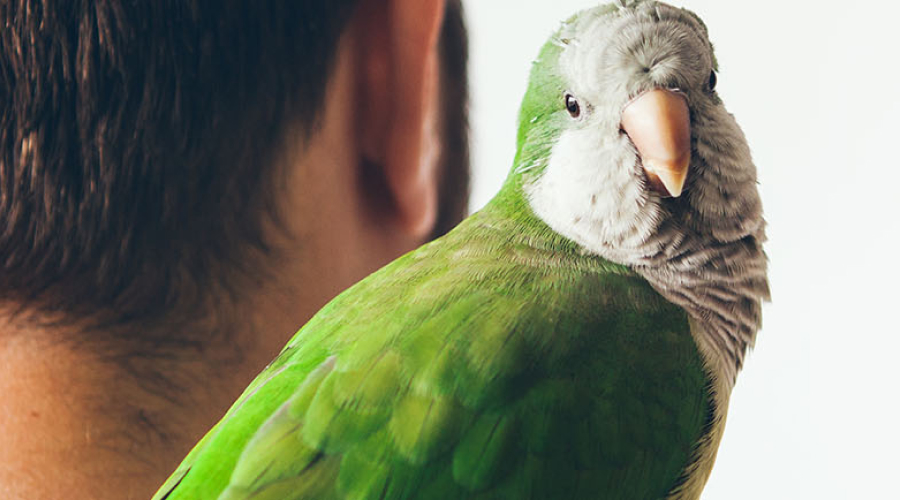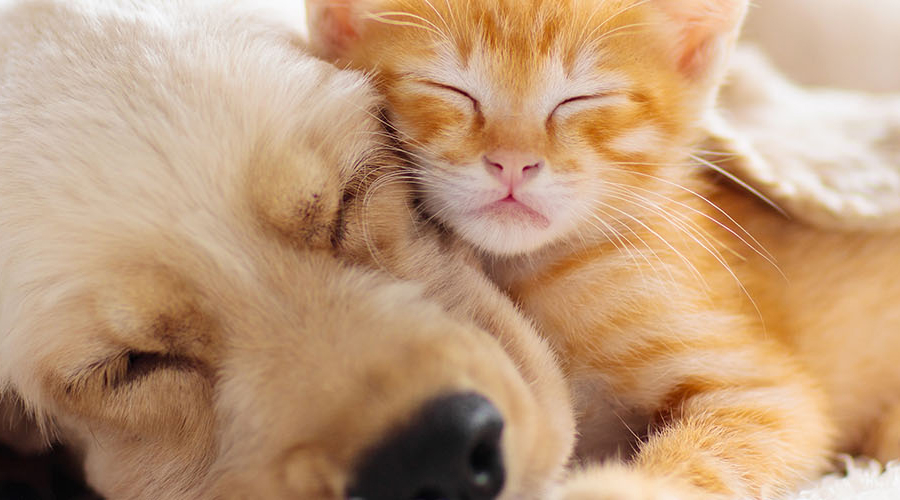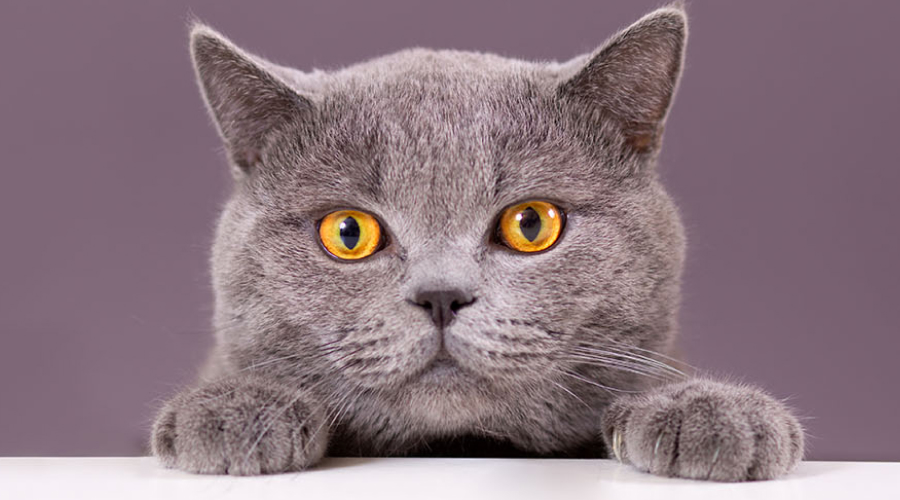Every individual doggo has its unique attitude and characteristic. Both large and small sizes can do quite well and be happy to share your tenement. A couple of breeds can fit the bill for being comfortable in smaller spaces. Here’s the list if you’d like a place to start.
Not all of us can afford a villa with a private garden. Nevertheless, if you are an apartment dweller, you still have many dog breeds to choose from when selecting a pet. No yard? Small space? No problem. Aside from the size of your room, you might want to take into account the hound’s activity level. Convincingly, the best fit are the ones who are (most of the time) found calm & quiet; having low energy indoors and are more than happy reposing on the sofa.
1. Pugs
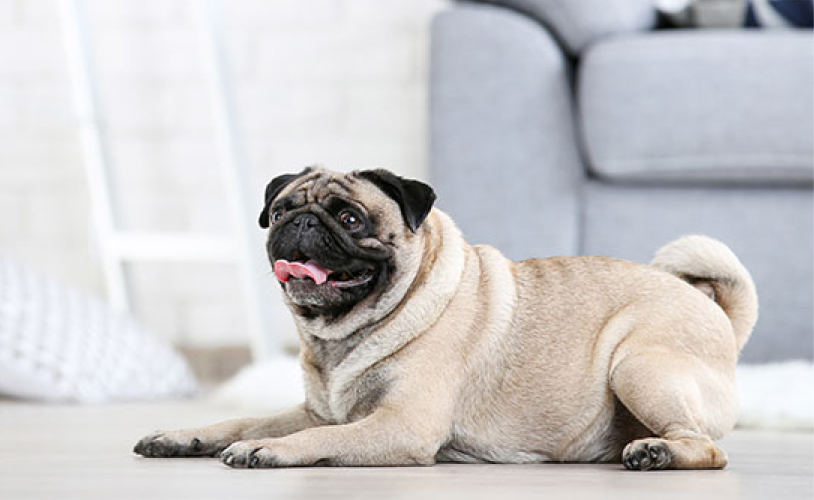
With their distinctive and distinguishable squished or wrinkly faces, Pugs are adorable, loyal and playful. They are less likely to be “yappy” which means they require no special training nor outdoor exercise. Due to their inactivity, quietness, and size, Pugs make a good pet for apartments of any size.
The Pugs’ homebody nature brings them contentment to watch the day go by from the comfort of their own bed – truly an apartment buddy. Vet Street explains that this breed of dogs can adapt “to just about any environment and lifestyle”.
These four-legged pets belong to the category of the smaller sized canines and are just 8.16 kilograms when they reach maturity. They generally do not bark aloud, love socializing and meeting new people and new dogs.
Type: Toy
Weight: 6.35 – 8.16 kilograms
Height: 25.4 – 27.94 centimetres
Family: Mastiff
Area of origin: China
Other names: Mops, Carlin
Health
- Occasionally seen: seizures, nerve degeneration, distichiasis, allergies, demodicosis
- Suggested tests: eye, hip, knee, DNA Pug dog encephalitis
- Life span: 12–15 years
- Note: The Pug cannot tolerate heat and is sensitive to anesthesia. They are prone to corneal abrasion and obesity.
2. Greyhound
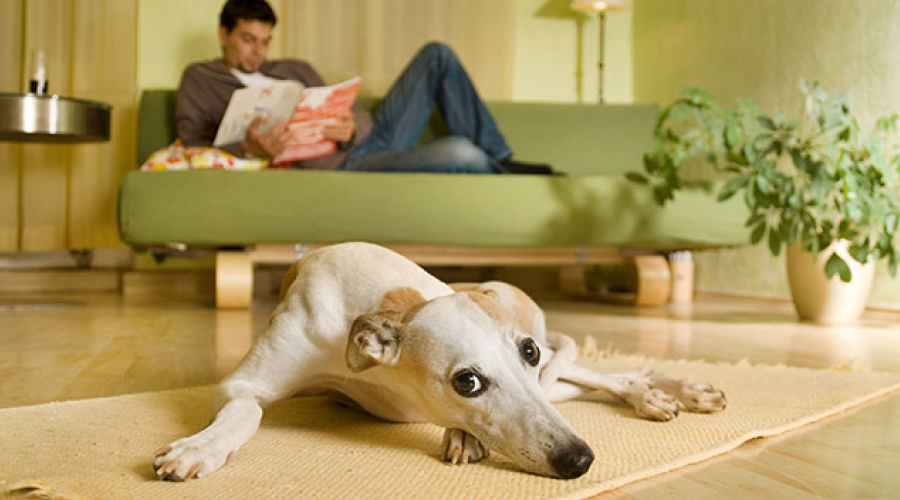
Greyhounds are traditionally known for their high speed and lanky legs. However, they appear to be great pets for small homes. Their friendly, calm and placid nature, in fact, makes them a great choice for they can handle a smaller environment.
Yes, Greyhounds are the fastest dogs and were bred to be top sprinters. But you would not think that they actually like to lounge most of the day (couch potatoes at heart). Take them to the dog park for a good exercise session, and you’ll have yourself a sleepy sweetheart at home!
These dogs love to relax and cuddle up while you unwind. They’re super-quiet creatures, so you won’t have to worry about any loud barking that wakes up the grumpy lady who lives next to you.
If you are thinking about one of this classic European breed, then perhaps you want to consider adoption from the Greyhound rescue organisations around Australia. They’re smart and easy to train, but their independent nature makes them solitary companions who function best in single-pet families.
Type: Hound
Weight: 27.22 – 31.75 kilograms
Height: 66.04 – 73.66 centimetres
Family: Sighthound
Area of origin: Great Britain
Health
- Occasionally seen: SAS, DCM, osteogenesis imperfecta
- Suggested tests: cardiac
- Life span: 10–13 years
- Note: Racing injuries, especially toe, hock, and muscle injuries, are common in retired racing dogs. Greyhounds are sensitive to barbiturate anesthesia and are prone to lacerations and tail-tip injuries.
3. Cavalier King Charles Spaniel
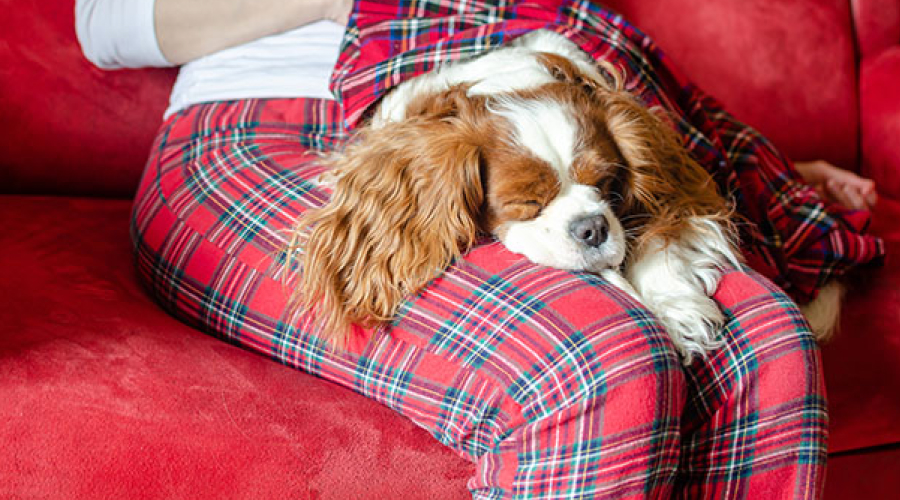
These silky beauties are very attached to their owners; up to the extent that they adapt their owners’ personality. So a tiny studio is even better for them.
Cavalier King Charles Spaniels deliver minimal shedding provided you give them a weekly brush-down. Not to mention, the biggest concern comes with housetraining, as they can be hard to train. But, if you give them positive reinforcement along with daily exercise (be prepared for regular visits to the park), they’ll quickly become trustworthy apartment pets.
Most of these doggies stay quiet. They adore being around people and are renowned for good behaviour. Additionally, they are mild-mannered and affectionate to other animals.
Type: Toy
Weight: 5.90 – 8.16 kilograms
Height: 30.48 – 33.02 centimetres
Family: Spaniel
Area of origin: England
Date of origin: The 1600s
Health
- Occasionally seen: retinal dysplasia
- Suggested tests: cardiac, hip, knee, eye
- Life span: 9–14 years
4. Basenji

The Basenji is a great option when you have close neighbours and thin walls. This breed is relatively quiet and typically doesn’t bark at all. However, they are notoriously difficult to train and are not suited for first-time dog owner(s). Aside from their somewhat stubborn nature, these dogs offer loyalty, love, protection and affection to their family!
DogTime highly recommends the Basenji for any city dweller who wants a dog but is worried about barking. The publication accentuates the dog breed (one of the oldest among domesticated pooches), for those who live in apartments and have to stay conscious of noise.
The Basenjis have feline-like tendencies. They groom themselves – a lot. They are perfect for apartments since they do not shed hair. Remember to give them their vigorous, daily dose of ample exercise to avoid boredom and to keep them in shape.
Type: Hound
Weight: 9.98 – 10.89 kilograms
Height: 40.64 – 43.18 centimetres
Family: Sighthound, Primitive
Area of origin: Central Africa (Zaire and the Congo)
Other names: Congo Dog, Congo Terrier
Health
- Occasionally seen: CHD, patellar luxation, corneal dystrophy
- Suggested tests: eye, thyroid, hip, Fanconi, DNA for PK, DNA for PRA
- Life span: 12–14 years
5. Bichon Frise
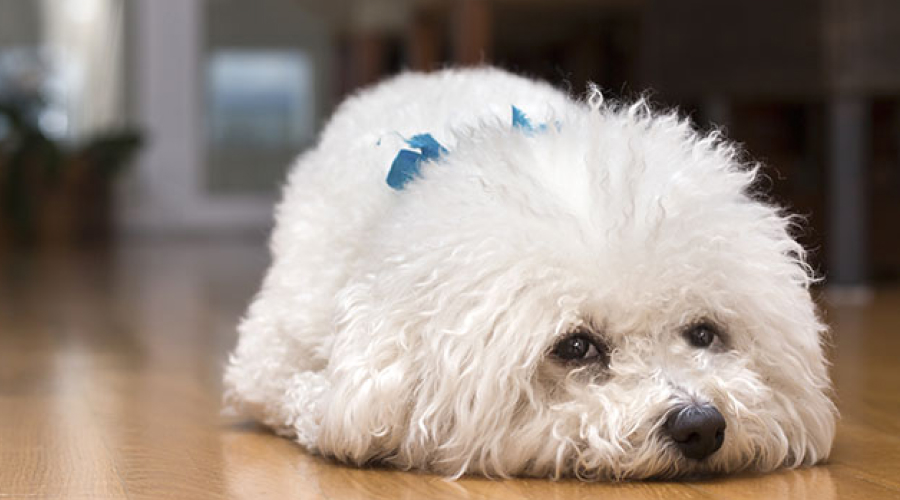
Even at their largest, the Bichon Frise won’t get taller than a foot; doesn’t take up too much room on the couch either. These little furballs have a lot of energy and they do love to play. So, giving them their daily (walks) exercise would be essential.
Bichons’ social personalities are almost as recognizable as their fluffy coats. Even so, they significantly shed less – making them ideal & perfect pals for people with allergies.
Apartment Therapy explains, “These cuties are in the poodle family but much more petite.” A Bichon Frise is truly a charming (small but spunky) hound and loves meeting new people as you trek in and out.
Type: Non-sporting
Weight: 4.54 – 7.26 kilograms
Height: 24.13 – 29.21 centimetres
Family: Barbichon, Water Dog
Area of origin: Mediterranean area
Other names: Bichon Tenerife, Bichon a Poil Frise
Health
- Minor concerns: cataract, CHD
- Occasionally seen: liver disease, Legg-Perthes
- Suggested tests: hip, knee, eye, DNA for PRA
- Life span: 12–15 years
6. French Bulldog
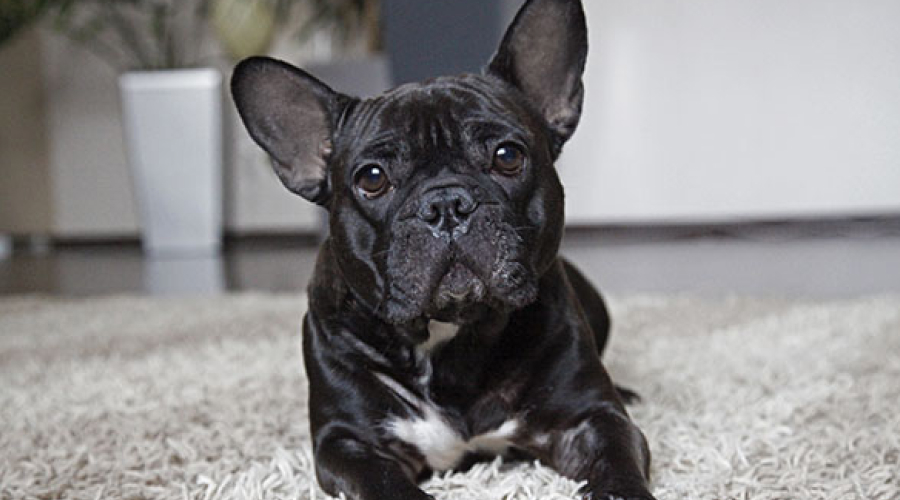
Frenchies’ compact size, low activity needs, calm temperament(s), and easygoing, jolly, & quiet nature make them good apartment dwellers’ companions. These lil guys are also known for being great watchdogs because they rarely bark without reason.
Take heed: Just don’t leave your four-legged friend outside on your balcony or patio on a hot summer day. Like other dogs with a similar short nose, French bulldogs don’t fare well in extreme (hot) temperatures. They should stay, as much as possible, in air-conditioned rooms when it gets really hot outside.
Note: Even though French Bulldogs don’t need a ton of exercise, they do require close contact with humans. Thus, they [Frenchies] may develop separation anxiety if left alone for too long.
Type: Non-sporting
Weight: 12.7 kilograms
Height: 27.94 – 33.02 centimetres
Family: Mastiff, Bull
Area of origin: France
Date of origin: The 1800s
Other names: Bouledogue Francais
Health
- Major concerns: Brachycephalic syndrome, Intervertebral disk disease, CHD, Allergies
- Minor concerns: Patellar luxation, Hemivertebra
- Occasionally seen: distichiasis
- Suggested tests: hip, knee, eye, cardiac
- Note: This breed does not tolerate heat well and may be sensitive to anesthesia.
7. Chihuahua
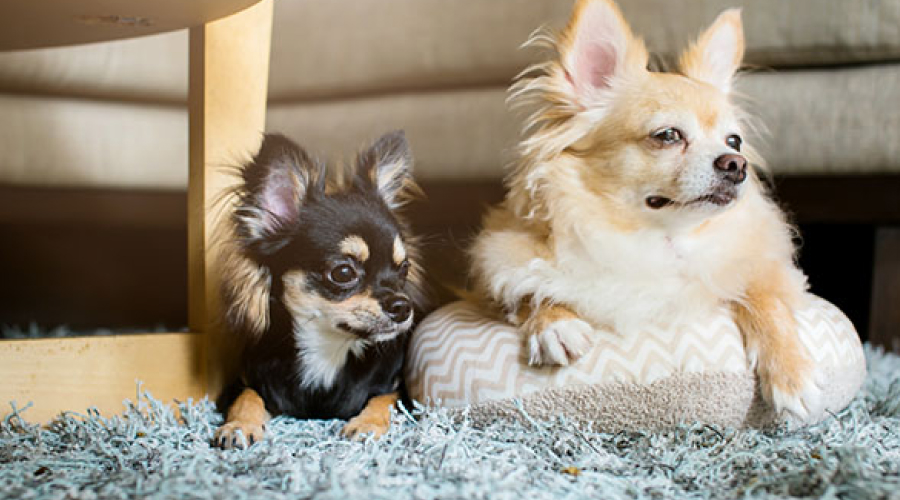
Weighing as little as 1 kilogram, the iconic, little sassy “purse dog” is easily carried around which is handy for people who travel.
Chihuahuas are often preferred as “pets by wealthy celebrities”, but they are actually low maintenance – grooming once a week is fairly enough. While these pooches require minimal exercise, they must receive proper training to avoid the yappy personality they are known for. Apparently, Chihuahuas get a bit unruly if you don’t train them early. So make sure to put in the work as soon as you bring one of these furbabies home.
Unlike the French Bulldogs, you can leave them [Chihuahuas] alone in your apartment since they love solitude. On the other hand, they can be untrusting of strangers, so it’s best to supervise them in any social situation.
Type: Toy
Weight: 2.72 kilograms
Height: 15.24 – 22.86 centimetres
Family: Primitive
Area of origin: Mexico
Date of origin: 1500s
Health
- Minor concerns: pulmonic stenosis, hydrocephalus, patellar luxation, KCS, hypoglycemia
- Suggested tests: cardiac, knee, eye
- Life span: 14–18 years
- Note: A soft spot (molera) in the skull (due to incomplete fontanel closure) is a common breed trait.
8. Boston Terrier
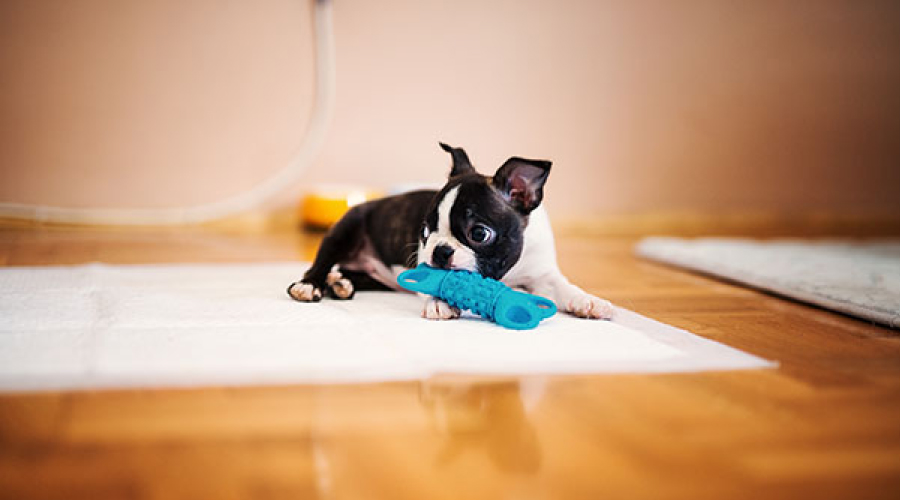
The “American Gentlemen” (derived from its tuxedo-like markings) is another breed ideal for apartments because of its size. The Boston Terrier rarely grows taller than a foot and a half.
These little cuties are named after a city, so it’s no surprise that they acclimate well to urban life. Boston terriers are gentle, affectionate, and sociable. They don’t need a great deal of exercise for they can satisfy their quota with their short walks… yes, a daily brisk walk through the city streets may address this small doggo breed’s hyperactivity.
Type: Non-sporting
Weight: 4.54 – 11.34 kilograms
Height: 38.1 – 43.18 centimetres
Family: Terrier, Mastiff, Bull
Area of origin: United States
Date of origin: 1800s
Health
- Occasionally seen: deafness, seizures, cataract, demodicosis
- Suggested tests: knee, eye, hearing
- Life span: 10–14 years
- Note: This breed does not tolerate heat and is sensitive to anesthesia. Bostons are prone to corneal abrasions. Caesarean deliveries are commonly needed.
A large group of pet owners feel and think that dogs need larger spaces to live. That, however, is not completely true.
When choosing a dog, consider your neighbours: You’ll want a pet that doesn’t bark incessantly and is polite when meeting other people – in the elevator, on the stairs or in the lobby.
At the end of the day, every dog, regardless of size, disposition or living conditions must get regular walks; keeping him healthy, stimulated and well socialised.

